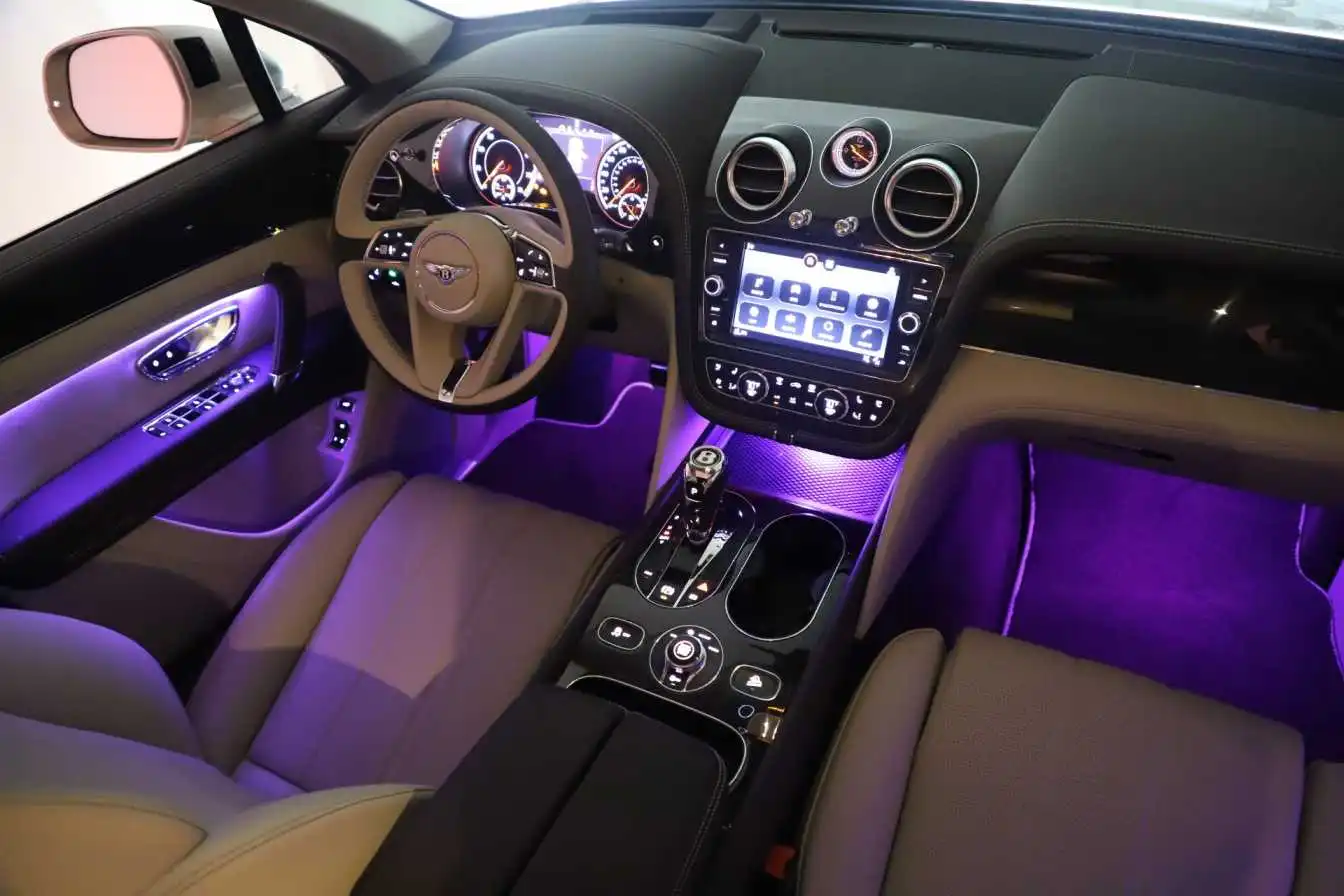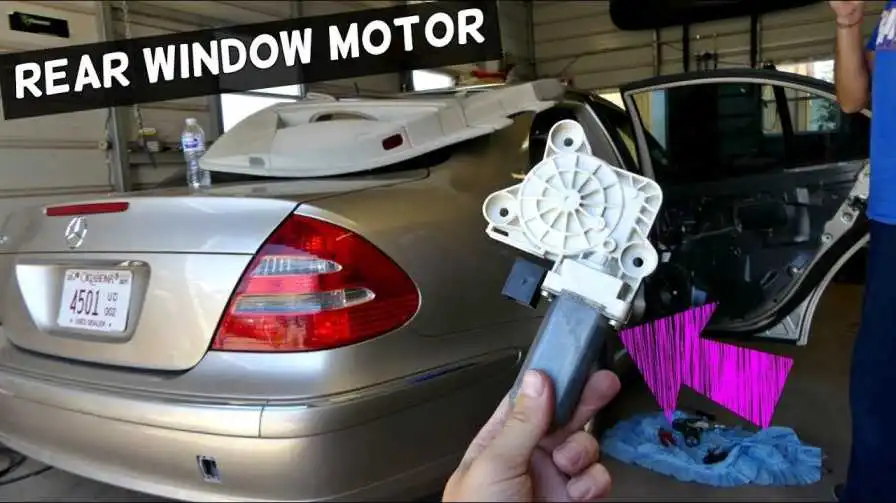ECU Remapping 101: Introduce More Power and Torque
Most engine and car performance upgrades uncork (and often end) with an ECU tune or remap. This is considered a cost-effective method of gaining horsepower and torque. What's more, the same procedure moreover helps to increase fuel economy.
The good news is that this is perfectly legal and only takes well-nigh half an hour to transform your car. Here's everything you need to know well-nigh remapping.

What Exactly Is an ECU Remap?
An Engine Tenancy Unit remap alters or replaces the software that controls the car’s ECU. This, in turn, is tasked to tenancy various engine systems, such as the fueling and ignition or uplift pressures in turbines. It moreover maintains the smooth functioning of other vital vehicle systems, such as the ABS or the air-conditioning, and increasingly ramified systems like adaptive suspension or the slew of self-sustaining safety tech.
Where performance is a concern, aftermarket parts for remapping help overcome stock manufacturer limitations that hinder misogynist power. These are there for several reasons, with emissions regulations and longevity cited as the main hurdles.
How Is Engine Remapping Done?
An ECU remap involves connecting the OBD port (the same connection used to diagnose engine and car faults) to an external computer and first scanning the engine’s preset software or ‘maps’. After a well-constructed scan, you can tweak individual parameters such as fuel injection pressure or ignition timing to your intentions.
If the vehicle was tuned or remapped operators can retrieve the original file and return the engine to stock settings. This, in effect, deletes previous remaps, something to consider if unsatisfied with work washed-up elsewhere. Cars can then be tested on the road or put on a dyno and tweaked until the ECU reads values that weightier suit customers' needs and wants.
What Are the Remapping Stages?
Engine remaps are washed-up in 3 stages. The work carried out can vary among car makes and models, as well as the tuner doing the remap.
Stage 1 often involves no parts mods but gets the most out of the vehicle with a simple software tune. And this is the most frequent and affordable type of remap.
All engines have some telescopic for spare power and torque straight out of the factory. This is one reason we see slight power and torque differences in the same car model for variegated markets. Rules, regulations, and standards are some of the main factors choking engines of their real potential.
With a remap, the low-down torque increases, meaning drivers don't need to rev the engine as nonflexible to produce the same power. This ways lower consumption by default and the worthiness to lug the car in higher gears. It moreover helps with towing performance. How much uneaten bhp and torque is seen on the dyno depends on the stock engine.
Stage two usually ways swapping out stock parts involved in airflow for something beefier. The first to go are the air intakes and catalytic converters and changes to the frazzle manifold and downpipes. Improving airflow is washed-up with variegated frazzle configurations and layouts, depending on the type of engine. To get optimal performance once the changes are in, an ECU remap balances everything out.
During stage 3 increasingly parts are swapped out. And in this stage things get serious. This builds on all washed-up in previous stages and starts toying with cam timing, fuelling and uplift pressures in turbos. Then there's going for forged or prefab internals, with pistons, conrods and cranks getting a makeover. And revisions to intercoolers, piping and turbines welcome drivers with a heap of untapped power low in the rev range.
Why Get an Engine Remap?
More Torque
All newer cars can get engine remaps, plane daily runabouts. There’s the increase in torque or pulling power, varying in variegated engines but ranging well-nigh 20 to 25 per cent in turbocharged petrol and diesel or 5 to 10 per cent in naturally aspirated cars. And this is misogynist older on, so lower lanugo in the rev range. You won’t be pushing the engine as hard. And this is a huge goody when getting off the lights or towing.
More Horsepower
The torque at a given engine speed or RPM is tabbed horsepower. The increasingly torque at higher revs the increasingly the horsepower. This provides faster velocity and is something required for unscratched overtaking. The way that power is delivered, or the engine’s powerband, is moreover improved to remove any sufferer spots for smoother operation.
Lower Fuel Consumption
Remapping the engine does not only goody performance, but moreover fuel use. With increasingly misogynist pulling power lower down, the engine doesn’t need as much fuel to get going. This is one reason why engine remaps are popular with smaller ostracism diesel cars and worthier V6 and V8 petrol cars.
Cost and Time-Effective
Getting a stage 1 remap will set you when a few hundred pounds. This is one of the cheaper, if not the cheapest ways, to upgrade performance. Stages 2 and 3 might be plush since spare parts are involved, but there are instances of doubling power without well-expressed longevity. Stage one is moreover quick, usually taking well-nigh 30 to 60 minutes.
You can order remote remaps or ones thoughtfully calibrated by tuners online. This is something you can do on your own - good if you lack time to momentum to the workshop.
Any Cons?
ECU remapping has some cons. But these can usually be avoided. Being nonflexible on the right foot and keeping the engine at higher revs longer will stupefy fuel consumption. But you get rewarded with increasingly fun.
Also, insurance premiums may rise with significant increases in power. Another thing to squint for is finding a good tuner. Changes that aren't thought out thoughtfully can have the opposite effect, with parts placed under increasingly stress. This reduces reliability and can lead to engine damage.
Final Word
Engine remaps are one of the most widespread vehicle modifications. They bring in increasingly power higher up and increasingly torque lower in the rev range, powerfully improving velocity times and top speeds.
All of this is helpful in variegated daily driving conditions. Owners get a increasingly responsive vehicle, linear velocity in all gears, lower fuel use, largest towing ability, and can safely overtake without the engine hesitating.
Stage 1 tunes and remaps are affordable and can be washed-up in under an hour (at home or the local garage), and revamp your love for a car you might have listed for sale. For performance cars, consider shelling out increasingly in stage 2 and 3 remaps to get that competitive edge, either on the track or the street.










